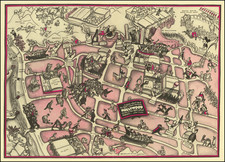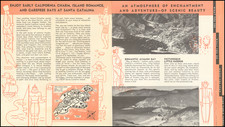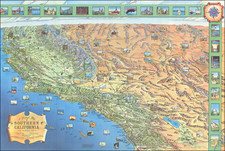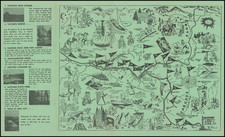Philips Radio Pictorial Map: A Mid-1930s Snapshot of Global Communication
An engaging snapshot of the global communication scene in the mid-1930s, this Philips Radio pictorial map invites a closer look at the world's international shortwave radio stations. Authored by Walter Ekchard, the map bears distinct colors and icons that vividly depict the symbiosis of nature, culture, and technology across the globe.
The radio revolution of the 20th century was, at its heart, a global phenomenon. Philips, a leader in the electronics industry, played a significant role in this transformation. Founded in 1891 by Gerard Philips and his father Frederik, the company initially produced light bulbs before expanding into the burgeoning field of radio technology. By the 1930s, Philips had established itself as a major force in radio manufacturing, producing sets that were both technologically advanced and accessible to a broad audience. The rise of shortwave radio, marked by this map, facilitated an international conversation on an unprecedented scale. From music to news, scientific discovery to political discourse, the reach of these signals shaped the world as we understand it today. The Philips Radio map stands as a testament to the power and influence of these early broadcasting entities.
Radio stations are demarcated in striking red circles, standing as beacons of the world's communication highways. Beyond the stations, the map is an artwork in itself, teeming with intricate genre scenes that reveal the flora, fauna, and people across various regions. From the exotic wilds of Africa to the bustling cities of Europe, Ekchard's delicate artistry captures the diversity and vibrancy of life as it existed in tandem with this technological marvel.
With a title inset featuring an outline map of the world's radio stations, the map exemplifies the scale and reach of these broadcast networks. A detailed index to the stations is thoughtfully provided on the lower margin, while a compass rose on the lower left subtly reminds viewers of the map's practical application. The estimable date of the map, 1935, anchors it in an era when the world was being drawn closer through the airwaves, making this piece a rich tapestry of human ingenuity, technology, and culture.
Shortwave radio, a significant advancement in early 20th-century technology, revolutionized global communication. Unlike medium wave and long wave signals, which were limited by distance and obstacles, shortwave frequencies could travel vast distances by bouncing off the ionosphere. This ability allowed for real-time broadcasting across continents, making it possible for news, music, and cultural programs to reach international audiences.
Philips was at the forefront of this revolution, producing some of the most reliable and widely used shortwave radios of the time. These devices became crucial during an era marked by rapid geopolitical changes, scientific advancements, and cultural exchanges. The Philips Radio map not only highlights the company's technical prowess but also underscores the role of shortwave radio in shrinking the world, fostering a sense of global community long before the advent of the internet.
Rarity
The map is scarce on the market.











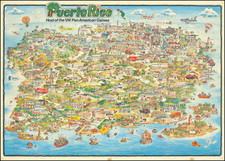
![Nova Totius Terrarum Orbis Geographica Ac Hydrographica Tabula. A Pet. Kaerio [First State -- With Handwritten Account of Sir Francis Drake's Voyage on the verso]](https://storage.googleapis.com/raremaps/img/small/81200.jpg)
